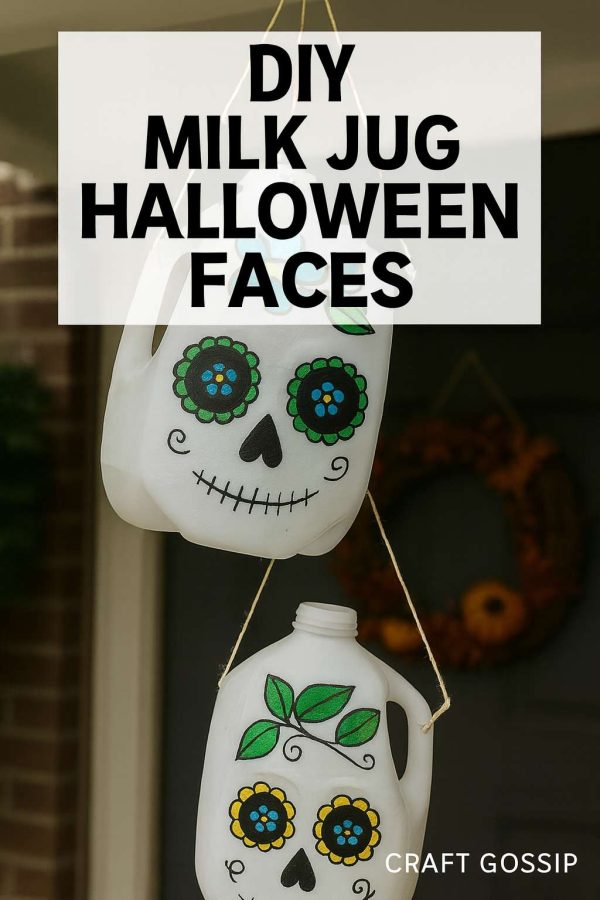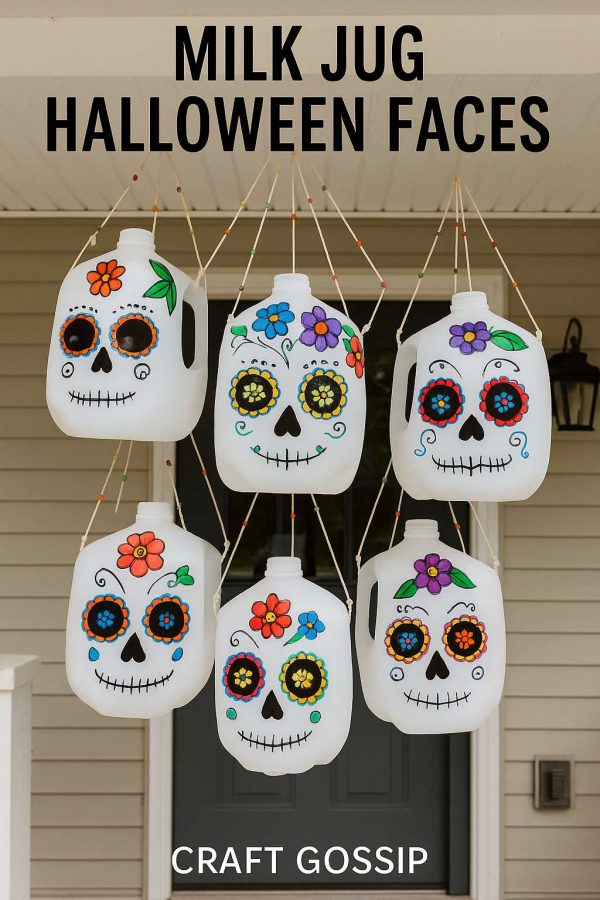 The first time I witnessed a roll up was at Urban Glass in Brooklyn. It was absolutely amazing to watch. The piece being made was a very large, and would become the globe for a lamp. I never saw the finished piece but the process was forever stuck in my mind. I used to think I really wanted to do roll ups. Then I had a dose of reality. I am not going to be a glass blower. My interests are in lampwork and kiln forming. Ah, kiln forming. That’s how a roll up starts. I’ve watched more and more roll ups and realized I could make a cool piece of glass and someone else can roll it up. So finally I got one done. It’s lovely and it was blown by Ryan Staub from Washington. He comes into town regularly to do roll ups over at Pacific Art Glass. In fact, he’s there right now. Doing roll ups. Check out this video from Eugene Glass School. Also you can check out an explanation of the process at Bullseye’s web site. And the picture is of the piece Ryan blew for me…
The first time I witnessed a roll up was at Urban Glass in Brooklyn. It was absolutely amazing to watch. The piece being made was a very large, and would become the globe for a lamp. I never saw the finished piece but the process was forever stuck in my mind. I used to think I really wanted to do roll ups. Then I had a dose of reality. I am not going to be a glass blower. My interests are in lampwork and kiln forming. Ah, kiln forming. That’s how a roll up starts. I’ve watched more and more roll ups and realized I could make a cool piece of glass and someone else can roll it up. So finally I got one done. It’s lovely and it was blown by Ryan Staub from Washington. He comes into town regularly to do roll ups over at Pacific Art Glass. In fact, he’s there right now. Doing roll ups. Check out this video from Eugene Glass School. Also you can check out an explanation of the process at Bullseye’s web site. And the picture is of the piece Ryan blew for me…


